By Stephen Bess & Collin Cocores
Whenever
I go to races, people often approach me asking for photo tips. As
frequent an occurrence as this is, it gave me the idea to write an
article about the fundamentals of RC car photography. I’ll freely
admit, I’m certainly not a professional photographer, and photographing
RC cars in action is one of the hardest things to do, but I’ve learned
a few tricks from real pro’s that make a world of difference. They move
fast and unpredictably. But once you understand the basic techniques of
photography, you’ll be able to get the shot every time. All it
takes is practice, a few camera-setting tweaks, and a little luck.
Still Photography
Good pictures require a good
background. Lots of us shoot still photos of our cars. In that respect,
take notice of what is in the background. It’s something that’s not
given enough attention. The composition of the photo may be good, but
if there is something in the background that is too distracting, it has
a tendency to take the attention off the primary subject, and the
picture becomes a Where’s Waldo game. Avoid that and pick simple,
non-distracting backgrounds. In other words, when you’re taking that
scenic photo of your car, make sure your friends aren’t playing
football in the background. Look for things like empty parking lots, or
an empty dirt field.
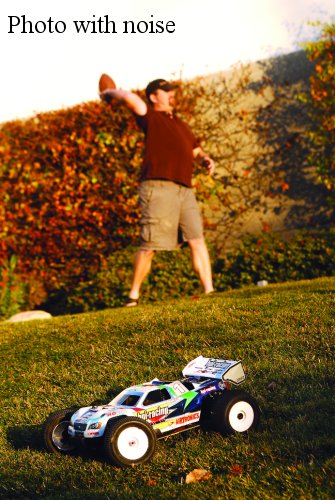
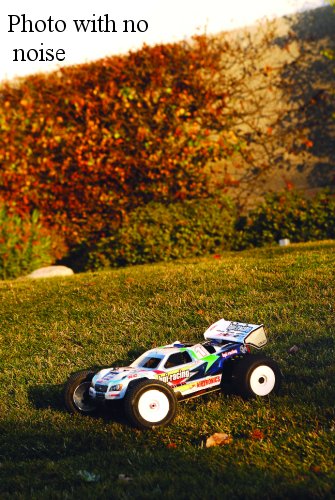 Another good tip is to shoot at the level of the car. If you take
a look at our September 2006 issue, you’ll notice that the Lamborghini
is shot in a perspective where it almost looks like you could step into
the car. For this shot, I laid on the ground to get the lowest possible
perspective. This will bring the car to life, making it look as
realistic as possible. Shooting the car from high is fine, but the
low-level shots are what make the car look like more than just a model.
If you have a single-lens reflex (SLR) camera, chances are you are
able to adjust the aperture. Opening up the aperture (going with lower
f stops—f2.8) will make the foreground and background blurry but will
keep the subject in focus. Closing the aperture (high f stops—f22) will
reduce the blur. I like a blurry background so I’ll tend to shoot
around f3.5 to f4. What this will do is make the subject “pop” more
from the photo. It will add depth and bring more attention to the
subject instead of the background. 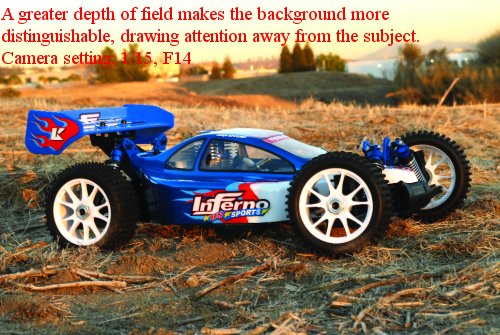 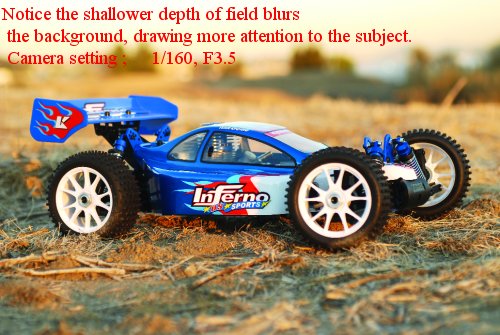
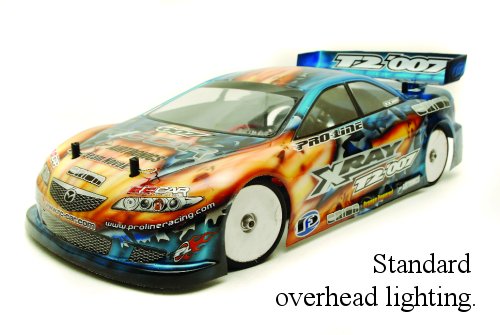 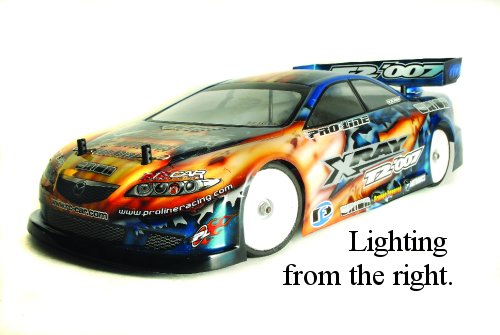  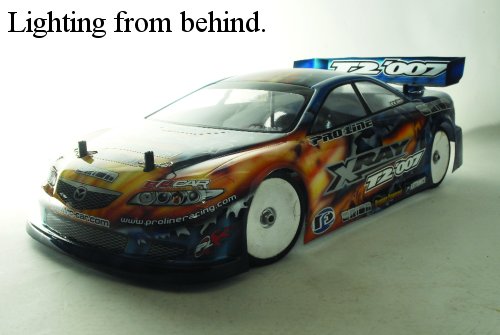 Action Photography
The primary technique for
photographing action is panning. Panning is where you look through the
camera’s viewfinder and visually follow the car as you snap pictures.
Too many times I see people hold their cameras perfectly still when
taking a shot. What they’ll end up with is a track surface that’s in
focus, but a car that’s completely blurry. When you follow the car, the
opposite will happen. The car will be in focus, and the background will
be blurry, giving the appearance of movement.
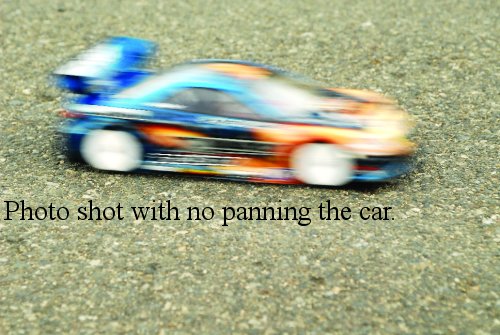 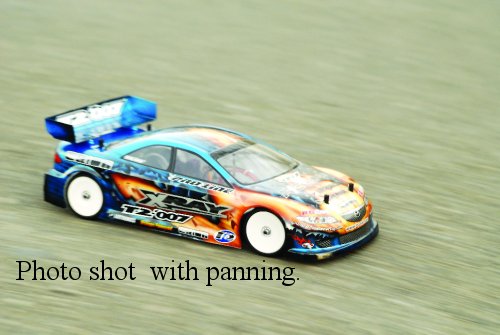 Unfortunately, most point and shoot cameras don’t have a continuous
focus feature without shooting video. Your best bet then, to get a good
picture, is to pre-focus. Basically, you would pick a spot where your
shot is going to be and focus on that spot by pressing down the shutter
button halfway. You would then hold the focus by keeping the shutter
button pressed halfway down and go back and pan with the car until it
gets to that spot. Once the car is in the spot you pre-focused on,
quickly snap your shot.
Lighting
Above all, lighting is the most important thing in photography. The
overall mood of the picture can easily be altered just by changing the
light source. If you’re shooting outside, try taking the same picture
at different times of the day. Take one in the early morning, one at
noon, and one at sunset. You’ll be surprised at how different each
photo looks.
If you’re shooting indoors, try lighting the car using
something as basic as a single spotlight. Changing the angles at which
the light comes from can make the picture look more dramatic with the
use of shadows.
Conclusion
These few simple techniques can greatly improve
a picture’s composition. If you take a little extra time and observe
your surroundings, you’ll see the difference in the image. Remember to
try lots of different angles, and experiment. Digital cameras nowadays
allow you to see your results immediately so click away until you get
something good. Most importantly, have fun and don’t be afraid to be
creative. Happy snapping! o
|